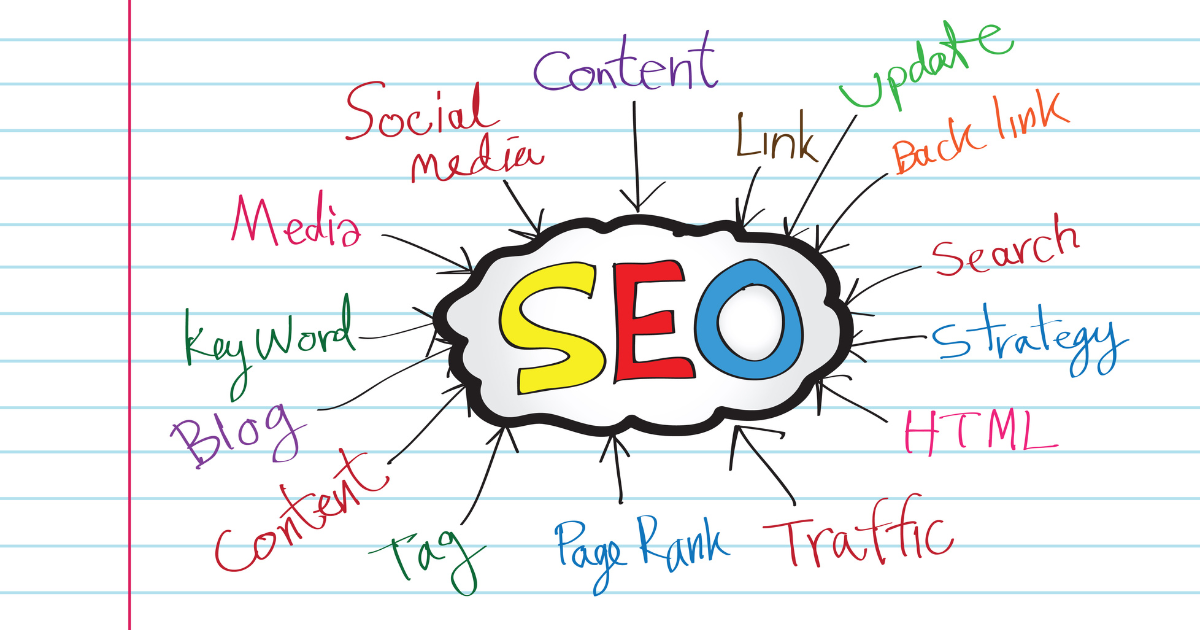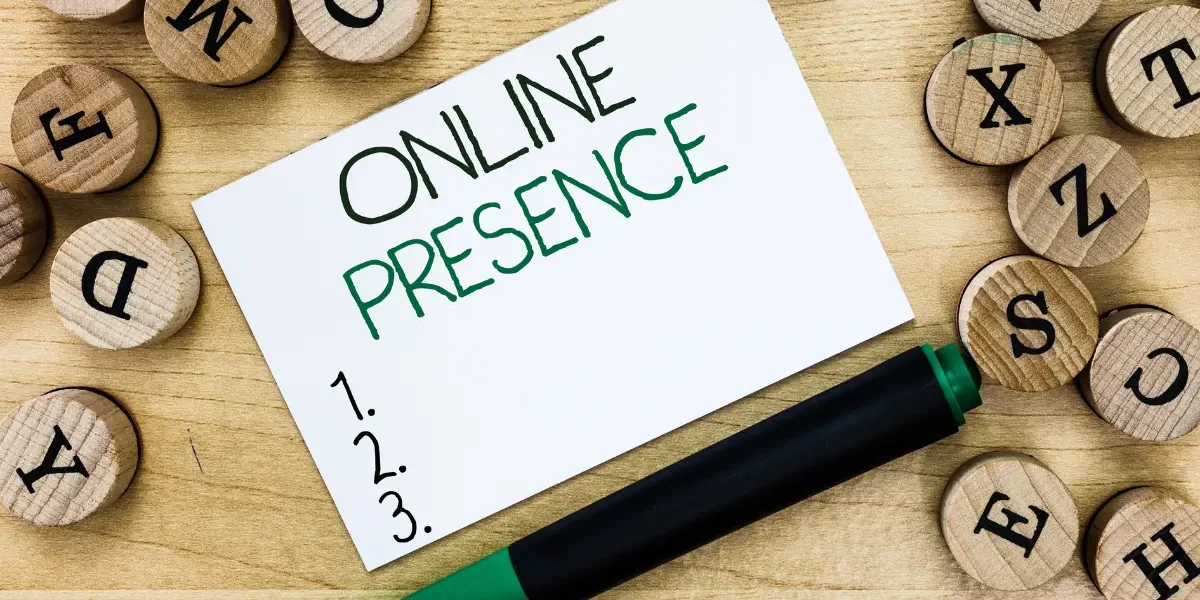In today’s digital age, optimizing your website for search engines is crucial for attracting organic traffic and increasing visibility. While many focus on keywords and content, one aspect often overlooked is image optimization. In this post, we’ll explore the importance of image optimization for SEO and how it can significantly impact your website’s performance.
The Power of Image Optimization
When it comes to SEO, every element of your website matters, including images. Optimizing your images can improve your website’s loading speed, enhance user experience, and boost search engine rankings. One key aspect of image optimization is ensuring your images are appropriately sized. Large image files can slow down your website’s loading time, leading to higher bounce rates and lower search engine rankings.
Additionally, including descriptive alternative text (alt text) for your images is essential for accessibility and SEO. Alt text provides a textual description of an image, which not only helps visually impaired users understand the content and provides search engines with valuable information about your website’s images. Including relevant keywords in your alt text can further enhance your website’s SEO and increase its chances of ranking higher in search engine results pages (SERPs).
Practical Tips for Image Optimization
- Resize and compress images: Before uploading images to your website, ensure they are appropriately sized and compressed to reduce file size without compromising quality.
- Use descriptive alt text: Write concise yet descriptive alt text for each image, incorporating relevant keywords when appropriate.
- Choose file names wisely: Give your image files descriptive names that reflect their content, rather than generic names like “IMG1234.jpg.”
- Consider image format: Use appropriate image formats (e.g., JPEG, PNG) based on the content and purpose of the image.
- Utilize image sitemaps: Include images in your website’s XML sitemap to help search engines discover and index them more efficiently.
Additional Resources:
Conclusion
Image optimization is a fundamental aspect of SEO that should not be overlooked. By optimizing your website’s images, you can improve loading times, enhance user experience, and increase your chances of ranking higher in search engine results. Incorporate these practical tips into your SEO strategy to maximize the potential of your website and attract more organic traffic. Start optimizing your images today and watch as your website climbs the ranks in search engine rankings.
Related Posts.




